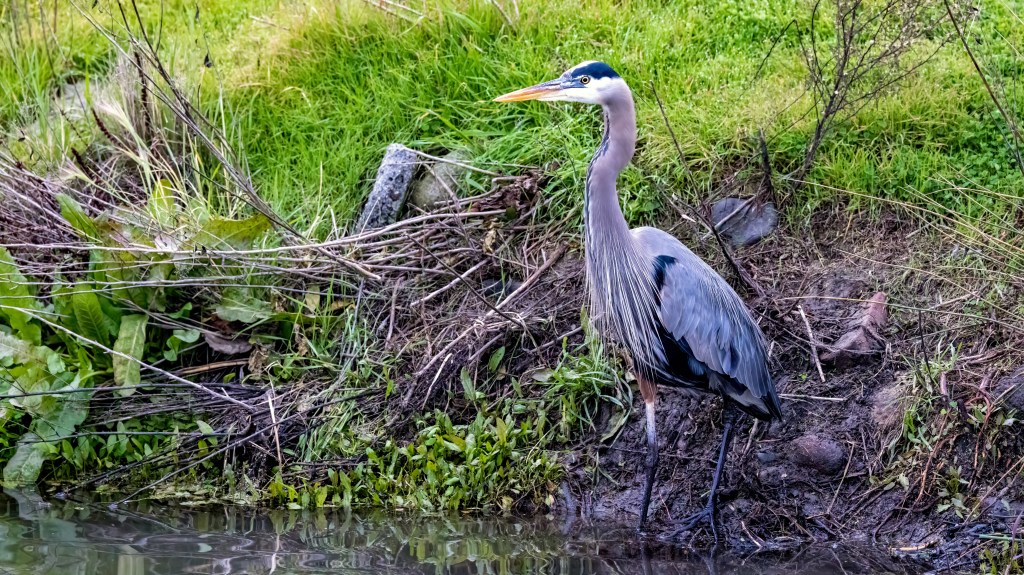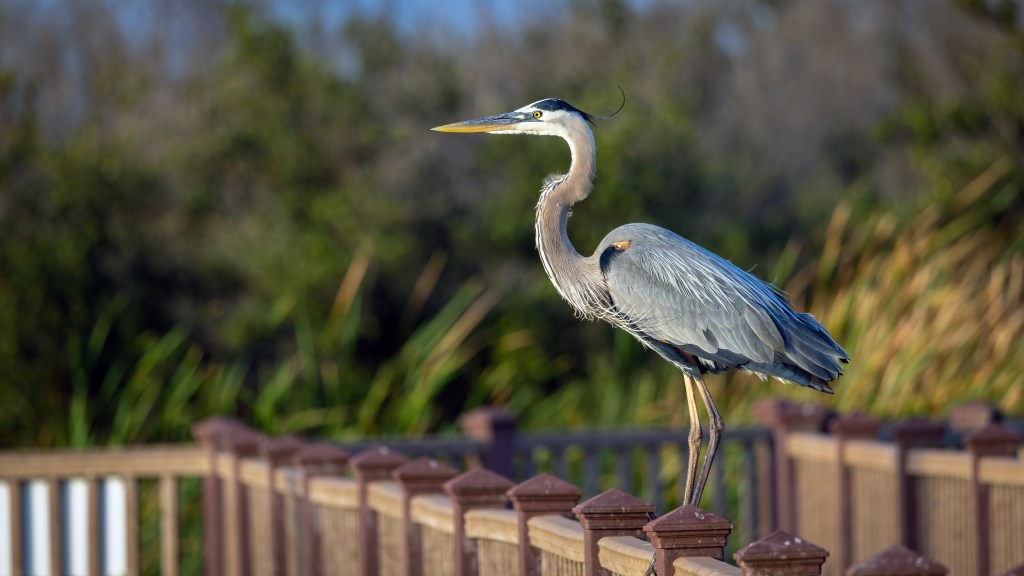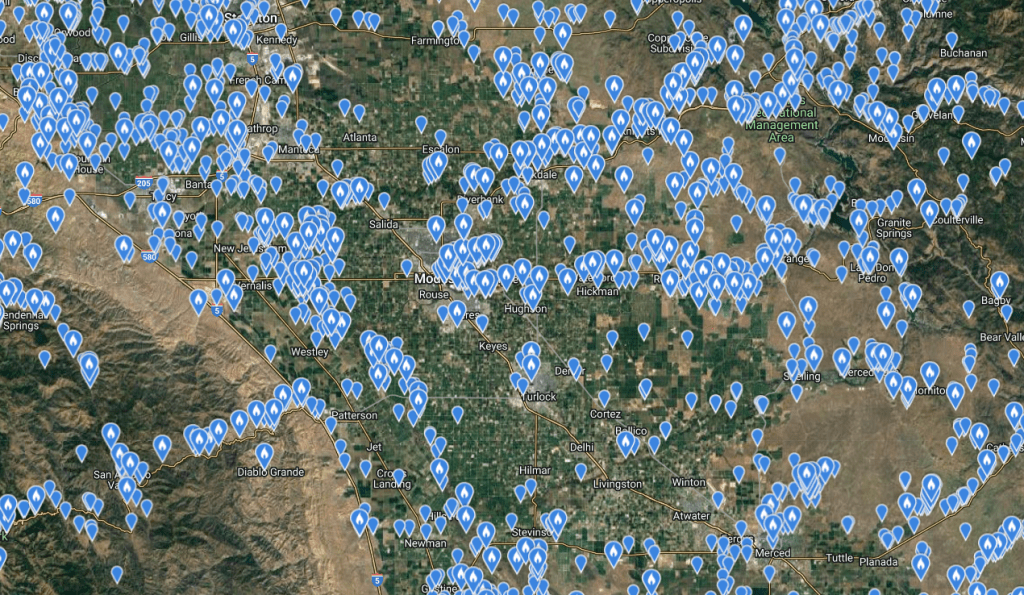
Learn 100 Common Valley Birds – Blog Post Species #67/100
Few things on earth fill us with as much delight as birds, and knowing them by name only adds to our pleasure. In California’s Central Valley, with only a little bit of effort, anyone can learn 100 local bird species. Especially since on a daily basis Valley Residents come in contact with at least a dozen species that most recognize, but may not know the name of. The intent of this blog is for followers to learn about and be able to identify 100 common valley birds.
A Reflections of the Natural World Blog Post Series by Jim Gain

WHAT’S IN A NAME
Great Blue Heron – Ardea herodias
Latin: ardea heron, Greek: erōdios heron

PHYSICAL CHARACTERISTICS
The Great Blue Heron is a large wading bird commonly found across North America. It is instantly recognizable by its impressive stature, standing around 3.2 to 4.5 feet tall with a wingspan of 5.5 to 6.6 feet. This heron features a predominantly gray-blue plumage, a long neck, and a dagger-like yellowish gray bill. Its legs are long and slender, typically a dull yellow or greenish color, and it often has a white head with a black eyebrow stripe during the breeding season.

AN INTERESTING OR UNUSUAL FACT
An interesting fact about the Great Blue Heron is its unique grooming behavior. Great blue herons comb their feathers with a serrated middle claw to crumble the feather into a powder that they use like a washcloth to soak up water, fish and swamp slime, blood and oils from their feathers as they preen. They also apply this powder to their underbelly to protect the feathers. This is a unique adaptation that helps them maintain their plumage in the diverse environments they inhabit.

SIMILAR SPECIES
The only other species that might be confused with the Great Blue Heron might be the Sandhill Crane which has a reddish eye patch and lacks the dark striping on the head.


DISTRIBUTION STATUS IN THE CENTRAL VALLEY
The Great Blue Heron is a Common Yearround Resident in California’s Central Valley and can be found in Freshwater Wetlands, Flooded Fields and Grasslands.
eBird Bar Charts & Map Grid


Previous Learn 100 Common Valley Birds Posts
